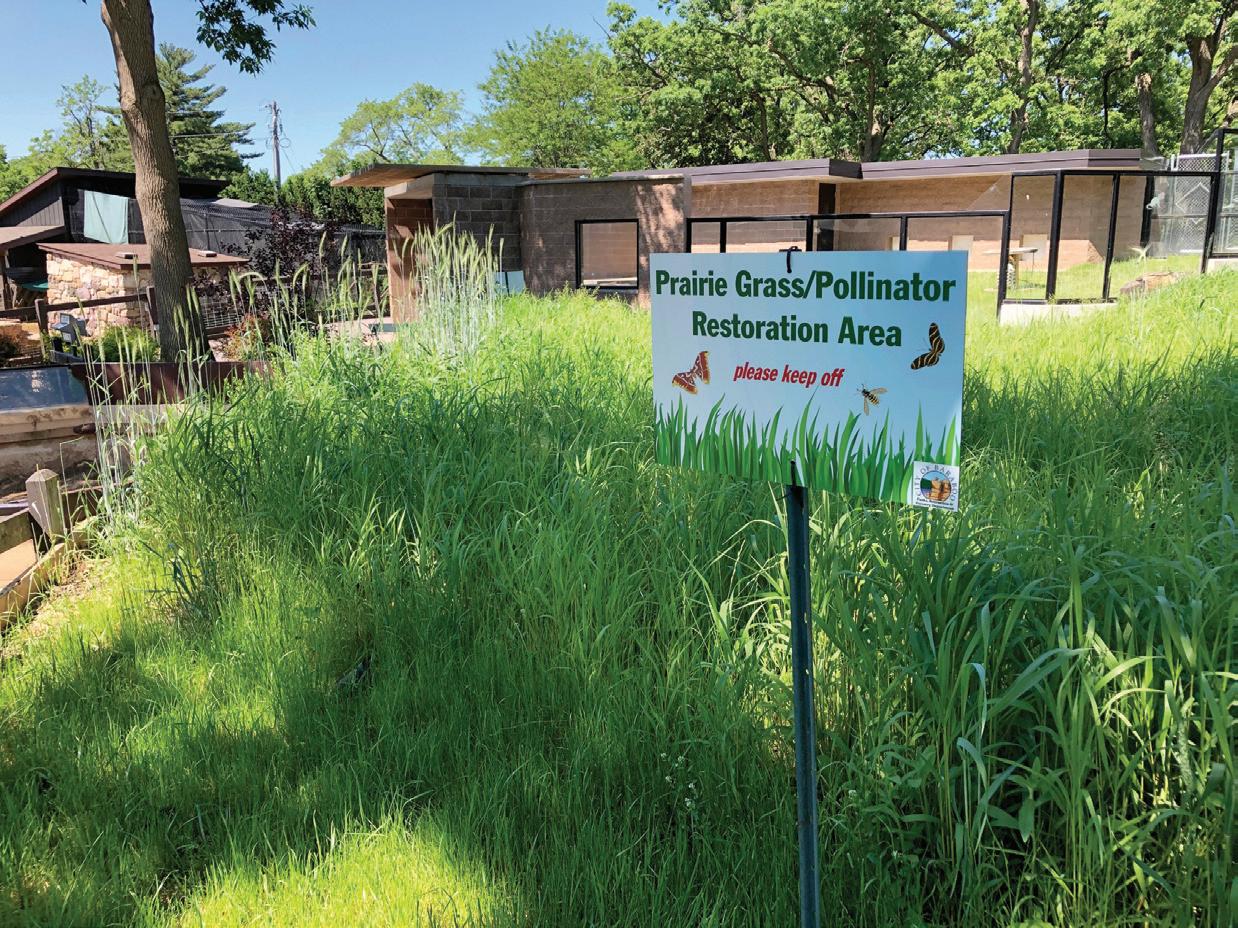
14 minute read
Sustainable Living: Seal Air Leaks to Save Energy This Winter
As the days get shorter and temperatures get cooler, it’s an ideal time to prepare your home for winter. Sealing air leaks should be at the top of your to-do list. This is an effective way to increase comfort and, according to the U.S. Department of Energy, could save up to 20 percent on energy costs.
Air sealing may sound like a daunting task, but some of it can be a DIY project. There are simple steps you can take to help keep your heated air inside this winter.
Advertisement
Weatherstripping for Doors
Weatherstripping works well to seal air leaks around movable components, like doors. It is available in many different materials, so it’s important to choose the right type for your project.
Door bottom: Weatherstripping applied to a door bottom can drag on carpet. It should be able to withstand wear and tear and friction, as well as temperature changes. Door-sweep weatherstripping is a good option. The mount is made of aluminum or stainless and the “sweep” is a brush made of plastic, vinyl, sponge, or felt. Door-sweep weatherstripping is easy to install and adjusts for an uneven threshold.
Sides and top of your door: Choose a product made of felt, foam, tape, rubber, or vinyl.
Proper application is key. Be sure your weatherstripping meets tightly in the corners. Apply one continuous strip along each side and then seal the entire door jamb. to the edges and add at least four one-inch pieces of foam board insulation on the back of the door or hatch. Another option is to apply an insulated attic stair cover. If you have a hatch, seal the opening with self-sticking weatherstripping.
Caulk for Drafty Windows
Caulk is a flexible material that can be used to seal air leaks around windows. Caulking compounds come in a variety of strengths and prices. Most are available in disposable cartridges that fit in a caulking gun. Additionally, some caulk comes in squeeze tubes, ropes, or aerosol cans.
Good options for windows include: • Water-based foam • Expandable spray foam, which works well for large or irregular gaps • Rubber, which can last 10 years or more • Temporary caulk, which can be applied to the inside of windows and peeled off when the weather warms up in spring
Caulk should be applied during dry weather when the temperature is at least 45 degrees Fahrenheit. Apply caulk in one continuous stream. Be sure to seal cracks completely and allow sufficient time for the caulk to dry. It often takes 24 hours for it to fully cure depending on weather.
Window film is another inexpensive way to help reduce drafts and condensation in winter. It’s easy to apply and can even be used over mini blinds. If you have an older home, remember to change your screens to storm windows.
More Air Sealing
Don’t put away the caulk when you’re done sealing your windows. There are several other places around your home where it can be useful.
Fireplace: Over time, the space between your mantle and drywall can crack and become leaky. Additionally, if you have a woodburning fireplace, check the damper. If it doesn’t close properly, it can be a major source of heat loss.
Recessed lighting (in a ranch home or on the second floor of a two-story home): If fixtures are not airtight, warm air can escape into the attic. Not only will you lose heat, but it will warm your attic and snow on the roof, which can cause ice dams. These ridges of ice that form at the edge of a roof prevent melting snow from draining.
Even if a can light is airtight, you should caulk between the can light housing and drywall. Can lights also require a fire barrier. Such material is used to keep the insulation in the attic away from the fixture housing, which can get hot even if you have LED lights. It’s important to know which type of can light you have—some are rated for insulation contact and others are not. Consult a professional air sealer to ensure safety and effectiveness when sealing can lights.
Exhaust fans in the bathroom and kitchen: Remove the plastic cover and add caulk between the fan housing and drywall to seal leaks.
Need a Little Help?
If you don’t have the time or desire to take on air sealing or other energy-efficiency projects, an energy audit may be a solution. FOCUS ON ENERGY ® can help. As Wisconsin utilities’ statewide energy-efficiency and renewableresource program, Focus on Energy works with residents and businesses on cost-saving, energy-efficiency, and renewable-energy projects.
Consider taking a comprehensive, whole-home approach when looking to boost comfort and energy efficiency. Focus on Energy offers financial incentives to homeowners for making qualified energy-saving improvements. Learn more at focusonenergy.com.
Ask the experts
MGE is available to answer your questions and provide tips on saving energy for the upcoming winter and throughout the year.
MGE Home Energy Line: MGE’s energy experts are available between 8:00 a.m. and 4:30 p.m. Monday through Friday. Call 608.252.7117 or email AskExperts@mge.com.
Other resources for saving energy include:
• mge.com/saving-energy • mge2050.com
Photographs provided by MGE.
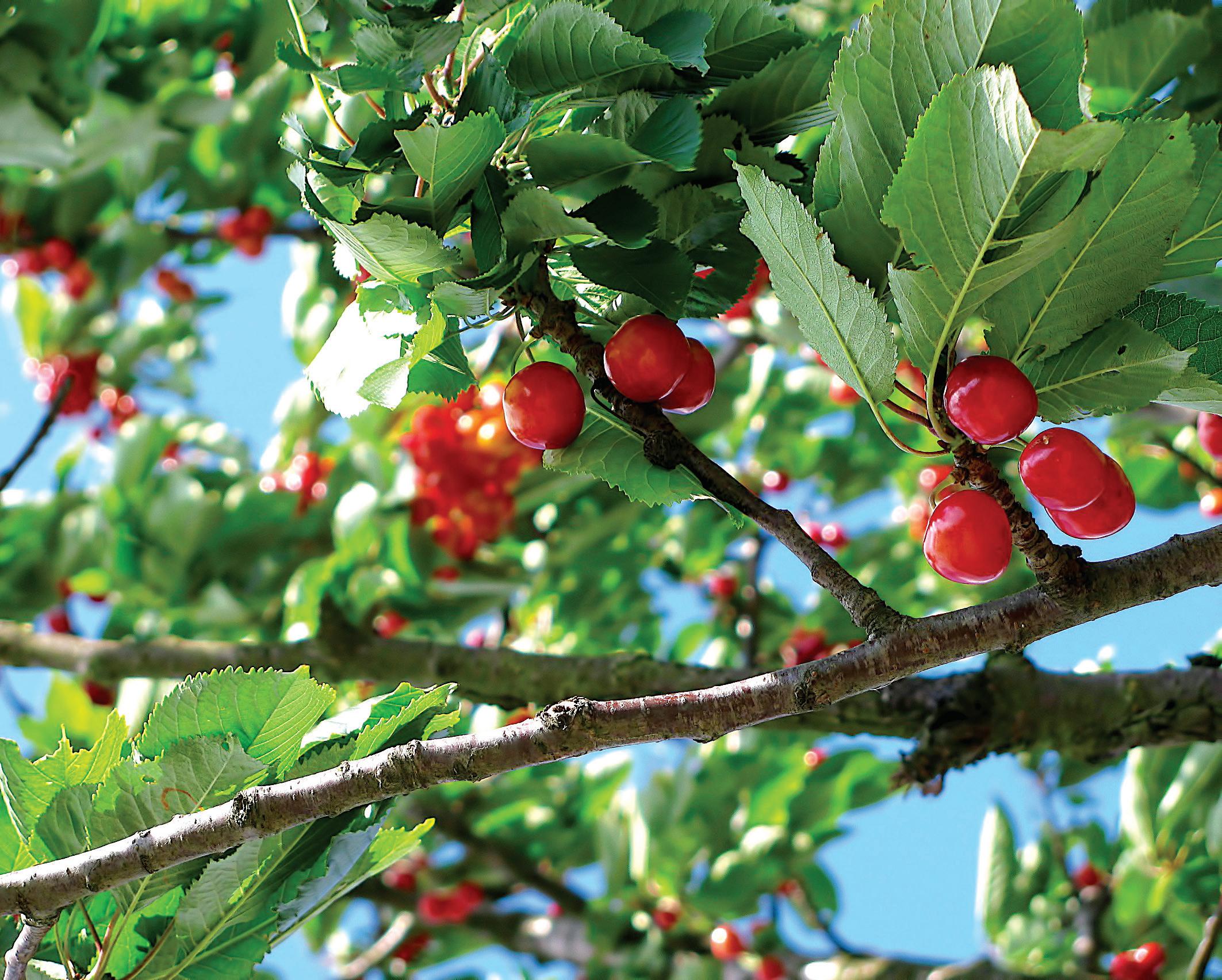
PERENNIAL FOOD What and How to Keep It
by Karina Mae
Perennial food can make a wonderful addition to any yard or landscape; invest in them once, plant them with care, and they will often produce food for years to come with little management or concern. Perennial food comes in many shapes and sizes; offers a variety of produce; and, best of all, is probably edible on a repeating annual basis! We can grow perennial food in the shape of ground covers, short forbs, shrubs, trees, hedges, and even fencing to a degree. Some perennial food will take a few years to begin producing, but some are much faster than that. From snacking to canning,

Strawberry
the ways in which we keep or store homegrown produce is greatly varied and will often grow on us as we learn to appreciate perennial food at an even deeper level.
The long list of perennial food for Wisconsin is made up of many berries, nuts, and herbs. Paying close attention to light, soil, and rodent-chewing conditions is key in the establishment of these foods. With a bit of work on the front end, you’ll literally reap the bounty for many years to come. You can often stack these gems to create luscious snacking stations in every garden, small yard, and even in some deep patio planters. Most of these are available in more dwarf varieties or can be pruned to maintain a more columnar or vase-like shape. Some varieties have a spring or fall production, so you can stage your harvest. Perennial food trees and shrubs do like to be pruned every other year or two, so becoming comfortable with your hand pruners or loppers will be essential. Without proper pruning care, fruit rot can develop, fruit won’t ripen, and breakage of branches can occur. But there are loads of reference tools, and you can learn along the way or hire a professional for assistance. Many of the shrub and tree varieties offer multiseason interest as they flower to fruit and then turn a lovely autumn color.
Let’s start the list from the ground up. There are many more perennial food varieties that will grow here, but for reasons of disease, establishment, or gastrointestinal activity, this list is condensed so you can plant and eat without much concern.
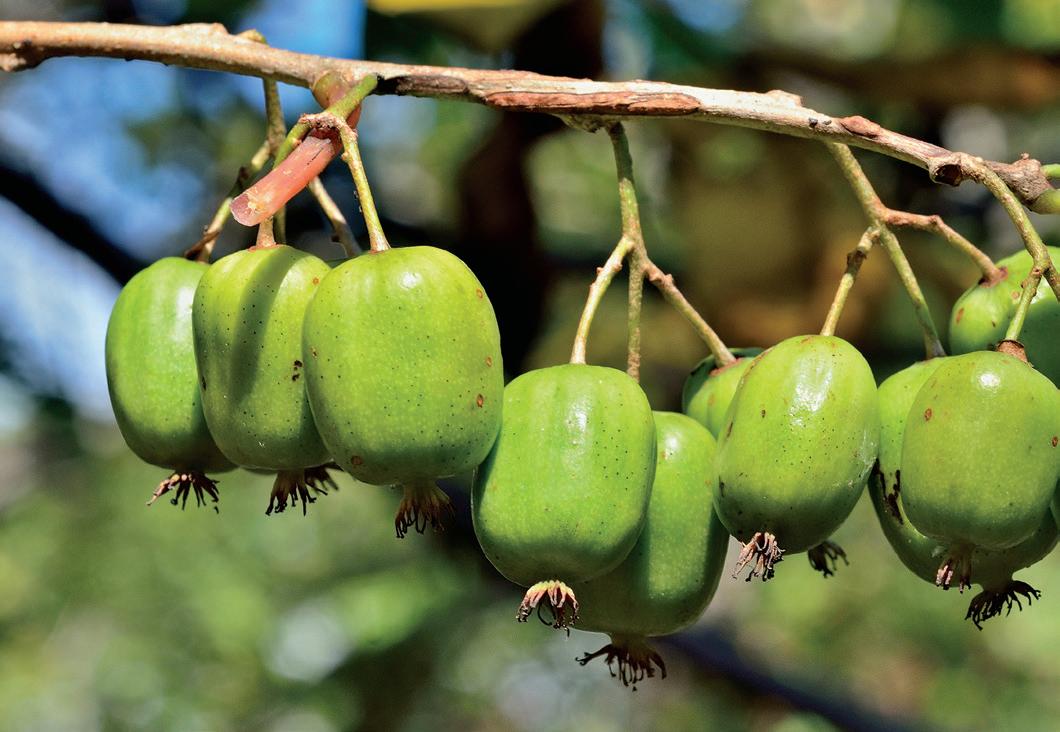
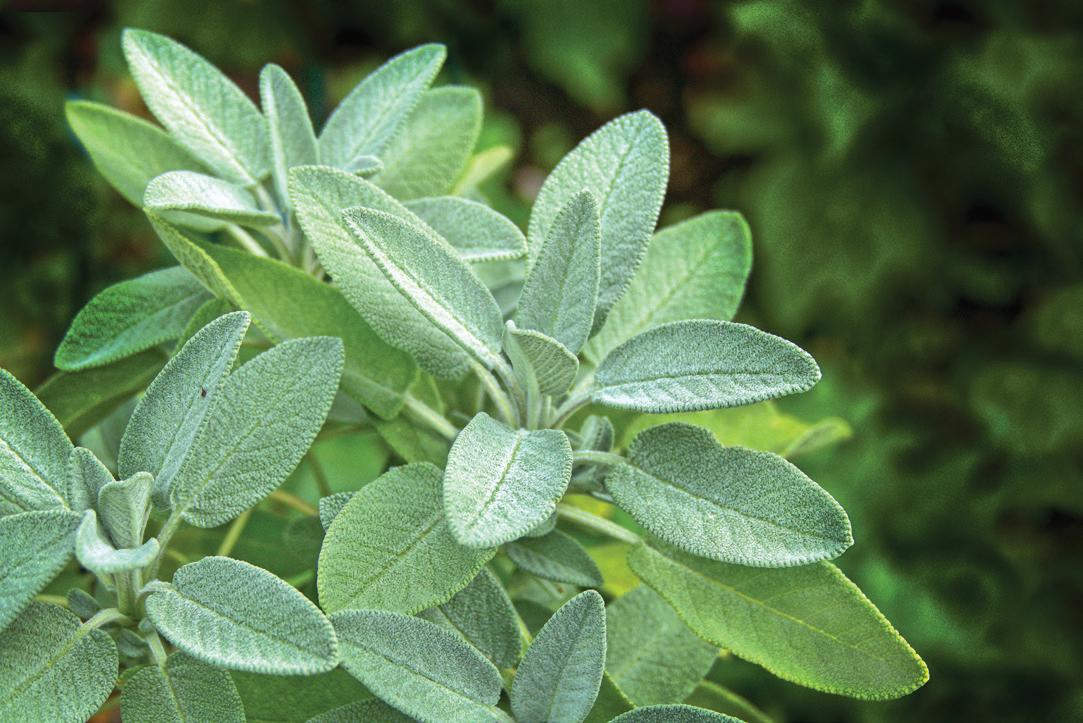
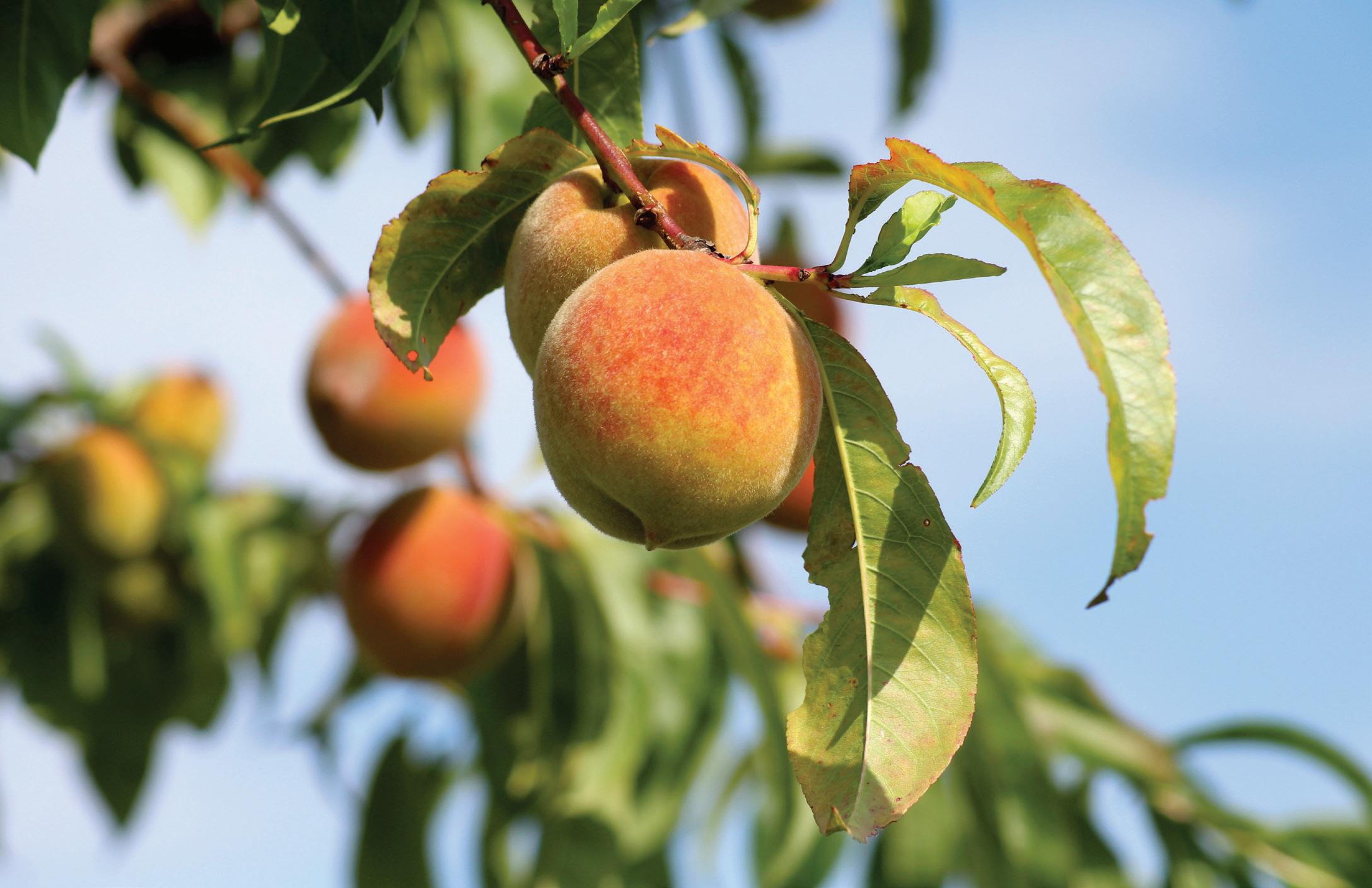
Ground covers: Strawberries, Wintergreen, creeping
Thyme, Lingonberry Forbs and herbs: Chives, Ramps, Oregano, Thyme, Sage,
Mint, Fiddleheads of ferns, Rhubarb, Asparagus Vines: Grapes, Gogi berries, Hardy Kiwi
Oregano

Shrubs: Blueberries, Raspberries, Blackberries, Currants,
Josta berries, Elderberries, Aronia, Cornelian or
Nanking cherries, Quince, Hazelnuts—many of these stand alone well or can be grown to act as hedges along a property line or yard border.
Oak (acorn)
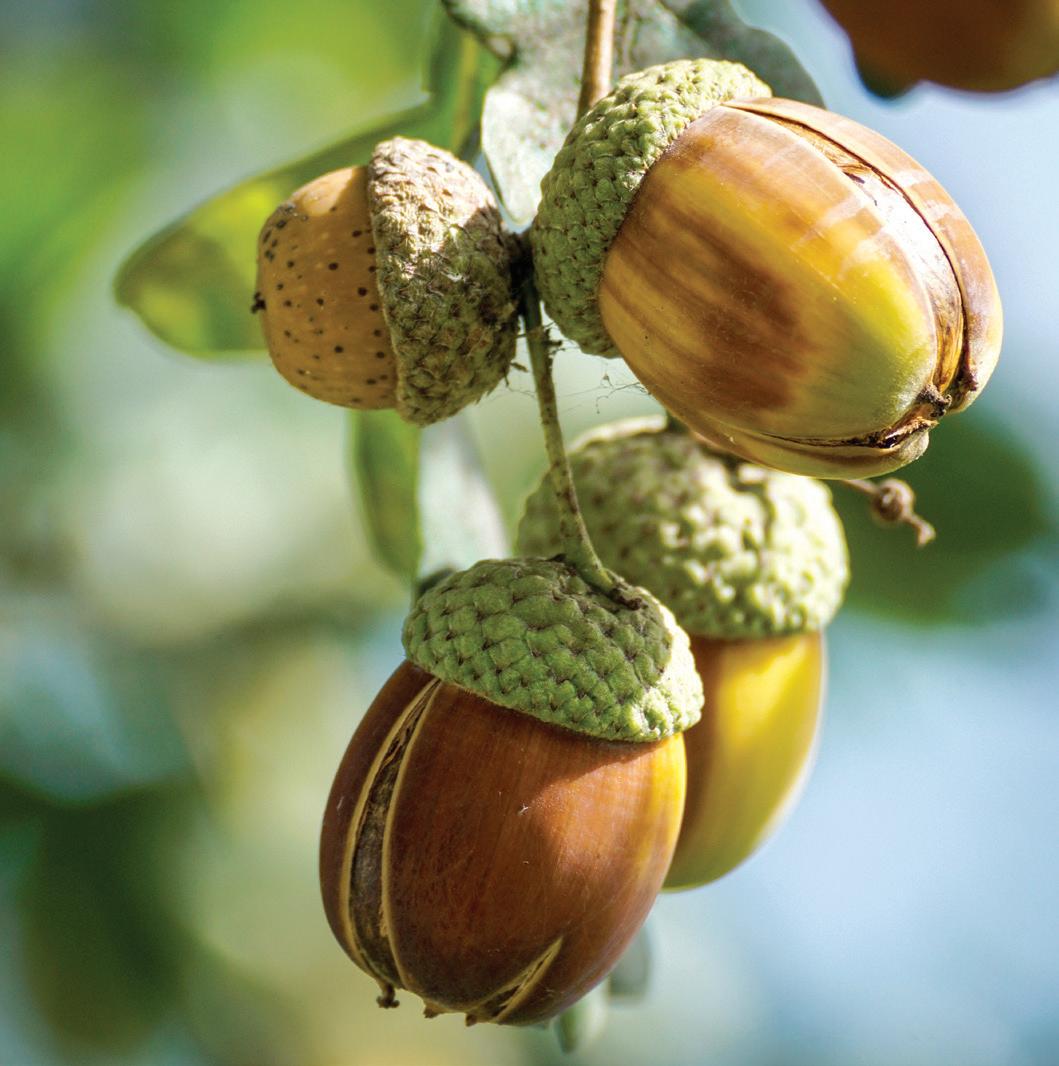
Walnut
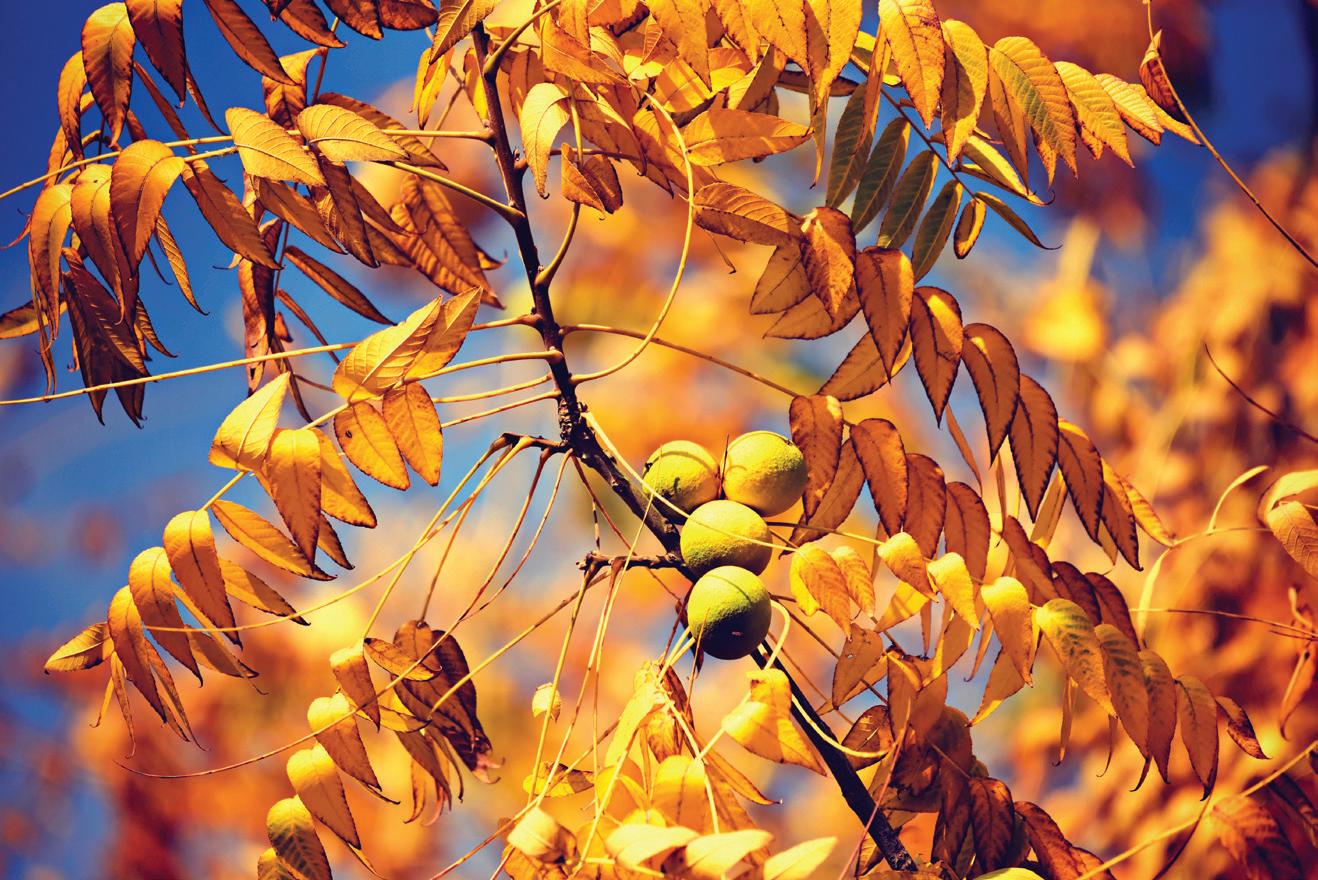
Elderberry
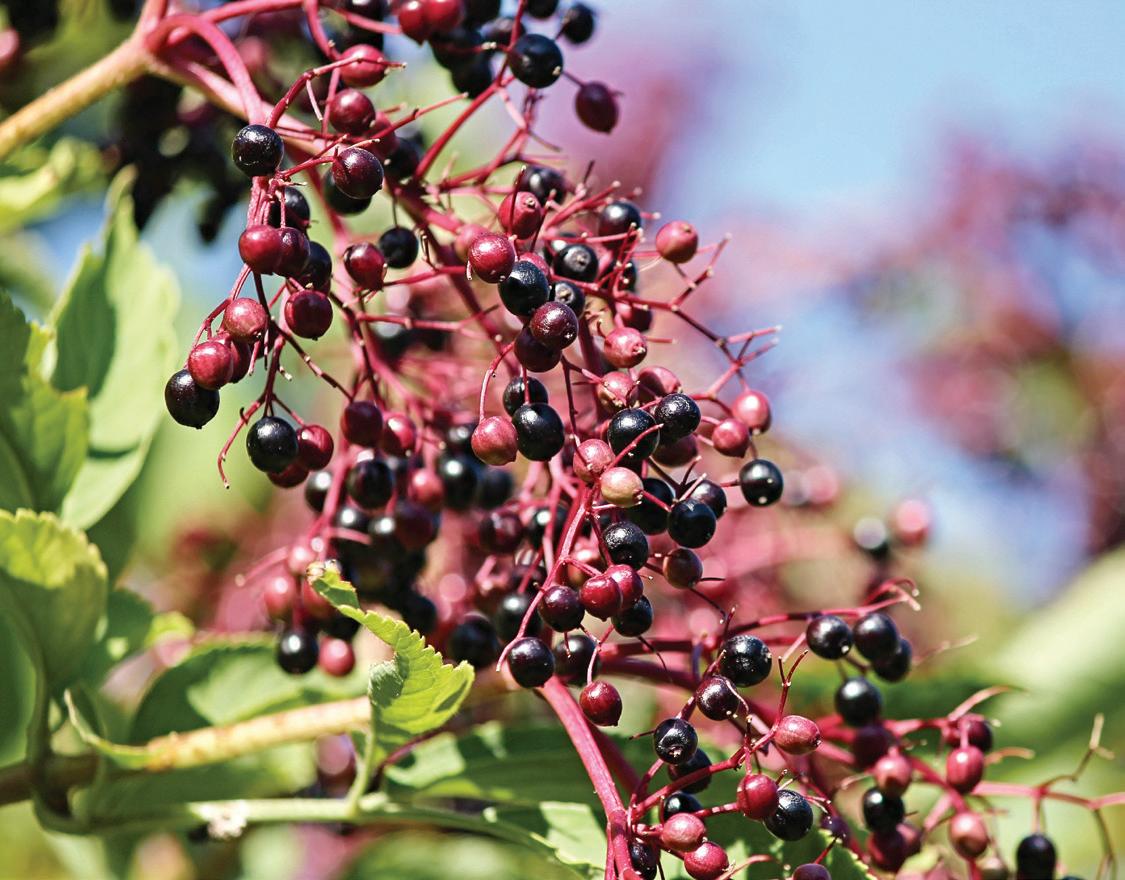
Small trees: Service Berry, Plum, Peach, Cherry, Apple,
Medlar—these can often be manipulated into espalier form, which can create a fencing-like effect. Medium Trees: Paw Paw, Red Mulberry, White Mulberry Large Trees: Maple (sap and leaves), Walnut (sap and nuts), Hackberry (the fruits are oh so small), Oak (acorns), Hickory (nuts)
Some of the aforementioned shrubs or trees need more than one to pollinate, so be sure to check sources when purchasing for a successful venture.
Now that you’ve found some space, identified you have enough sun, conditioned the soil with good amendments (compost and leaves), purchased your species, planted, mulched, and watered them well the first few years… whew…a couple fruits, a few more, and then suddenly your harvest has gone way beyond snacking! If feeding your neighbors isn’t your plan, it’s time to preserve your bounty. There are many ways of keeping your food stored, some tried and true, others new and emerging. You may find that you rotate or grow into some of them as you age with your perennial treasures. Dehydrating is simple and easy even if you don’t have a dehydrator. Using your oven on a low setting works great, or even air drying can suffice sometimes. Consistent slicing is helpful. Herbs can also be hung to air dry or placed in paper bags to shake them (daily) dry. Dried herbs and berries make fantastic winter teas.
Canning or making jellies or spreads is wonderful! A lot like Grandma and Grandpa used to do, and some amount of work as well, but there’s nothing quite like summer peaches in November or rhubarb preserves on ice cream in February.
Freezing can be pretty quick and easy as long as you follow some preparation directions first. Vacuum sealing can help these items last longer, but isn’t always necessary.
Cold storage is a great option for some fruit, if packed well, or your canned items. Nuts prefer to be dried and stored away from moisture.
Some herbs and berries can be set in alcohol to make tinctures or medicines (heavy on the herb, fruit, or root).
Brandy or vodka work well. This idea can also be similarly applied with a good booze soak; nothing wrong with preserving those last raspberries in some bourbon, resulting in quite a delicious holiday cognac to offer. Some fruits are better soaked without the pits, stems, or skin, so a little research can go a long way.
For the more adventurous, there are fermentable options— tej, mead, wine, and melomel to name a few.
There are also some interesting and fun things to try eating, like tulip and lily petals (sans the stamen), inoculated mushroom logs, and self-seeding herbs (dill, feverfew, cilantro, garlic). Also try planting the eyes of your potatoes.
Perennial foods offer enrichment to any landscape and leave behind a multigenerational gift. They can often provide bounty for upwards of 20 years easily, so a little investment can really be worth its weight in produce.

Karina Mae is the designer and team leader at Garden Search & Rescue.
View additional photographs at homeelementsandconcepts.com
Garden Search & Rescue
Madison, WI 608.438.9571 gardensearchandrescue.com
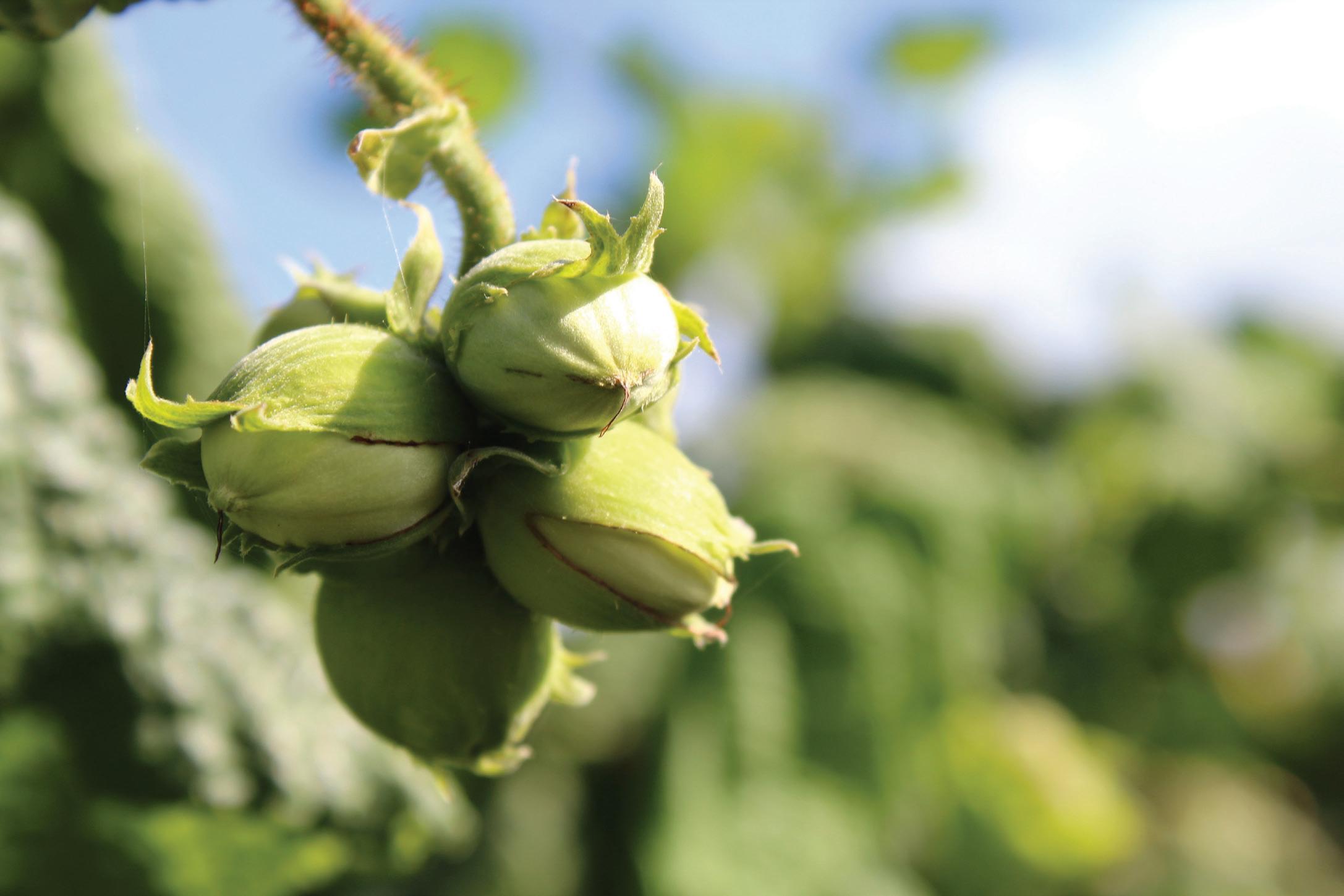
Hazelnut
OCHSNER Naturally
BY KYLE JACOBSON
ZOO
The purpose of zoos has evolved significantly over the centuries. From a show of humankind’s limited dominion over nature to a facility for scientific research, questions of value and ethics have accompanied each installation with regards to the boarding and treatment of their residents. Contemporary zoo models now focus heavily on education, and Ochsner Zoo has designed its exhibits around immersion, health, and conservation.
“We’ve been expanding the animal exhibits because we wanted more space,” says Mike Hardy, Department of
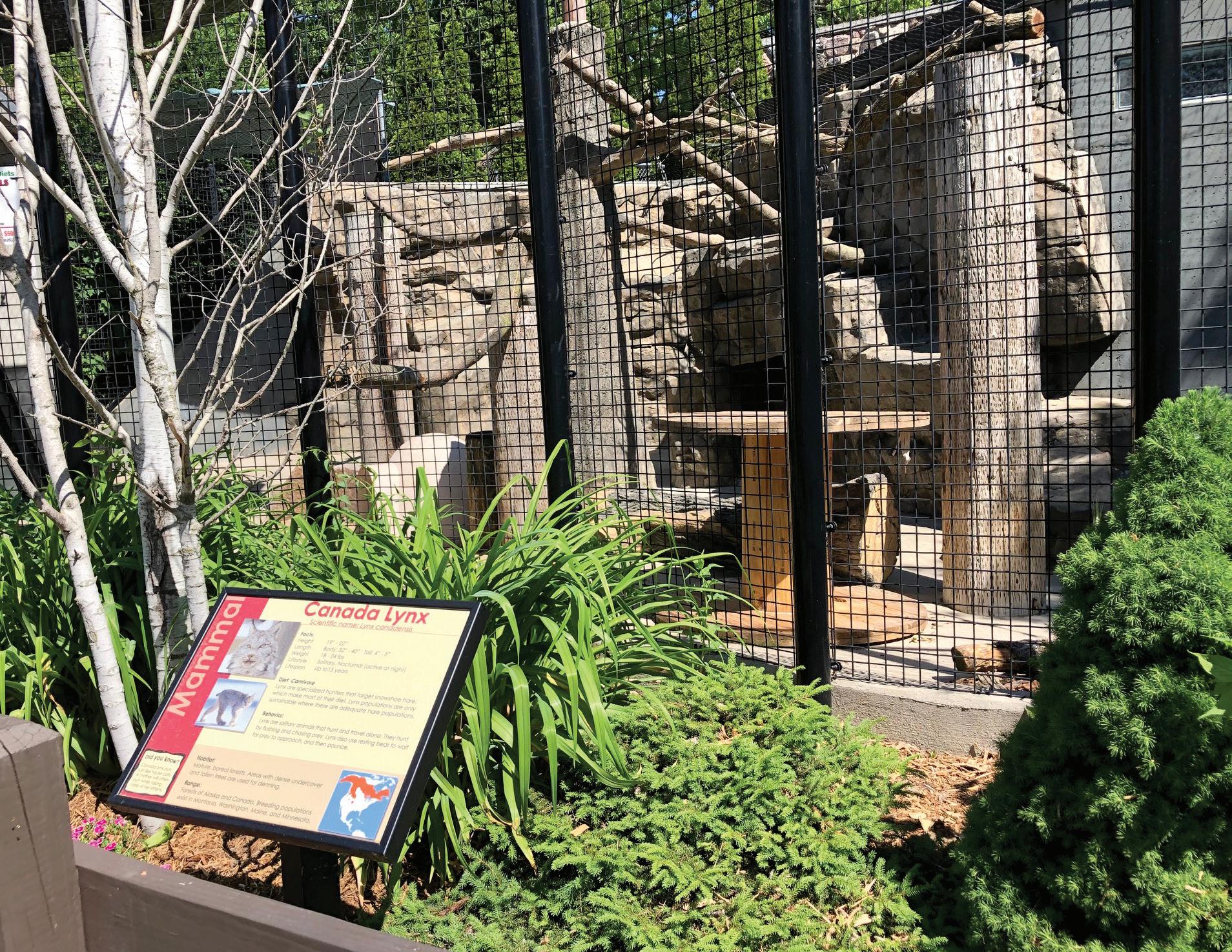
Parks, Recreation & Forestry director. “And we wanted more natural-type exhibits so when people come in, they see a little bit more of what the animals’ environments might look like.” Native prairie grasses have replaced areas once filled with mowed turfgrass, and some exhibits give visitors the sense they are looking through the wooded and grassy environments they’d expect to find respective species in.
Prairie grasses aren’t just for looks; they double as pollinator gardens, creating opportunity for a discussion on the importance of pollinator species as well as rain gardens, even inspiring some visitors to create their own at home. They’re also used to filter the water for the otter; bear; and, most importantly, beaver exhibits. “The beavers are one of our dirtier animals,” says Mike. “They drag a lot of stuff into the pool, so the pool gets really dirty. This is a really important filtration system. ... We don’t have any sand filters or chemical filters.”
Finding multipurpose elements to add to the zoo is a necessity given their small footprint. Of course, the small size brings up valid concerns involving the square footage of the exhibits, but Ochsner has addressed the issue rather resourcefully. “Some people ask about mixing species, and that’s one thing our zookeepers are really good about—
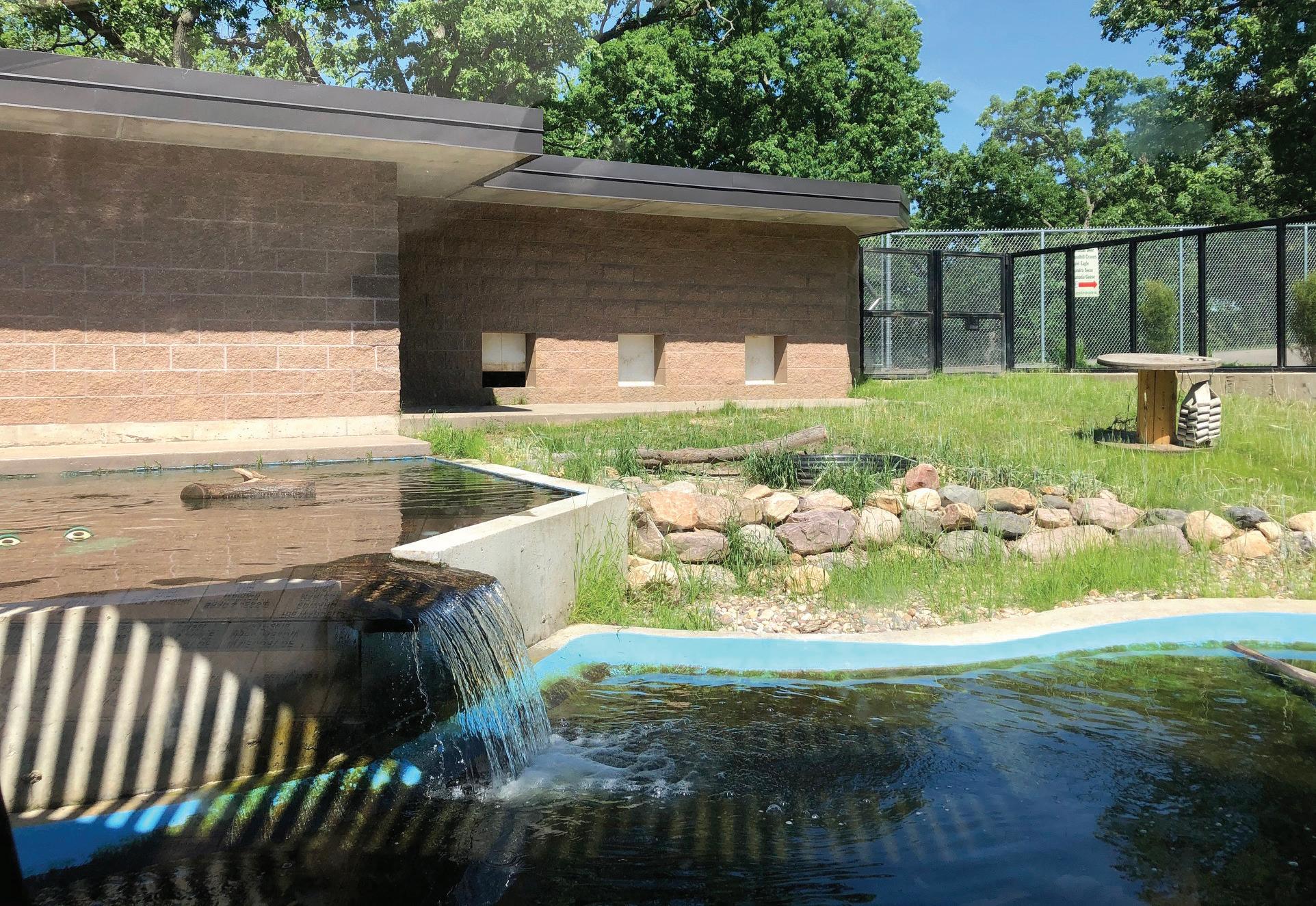
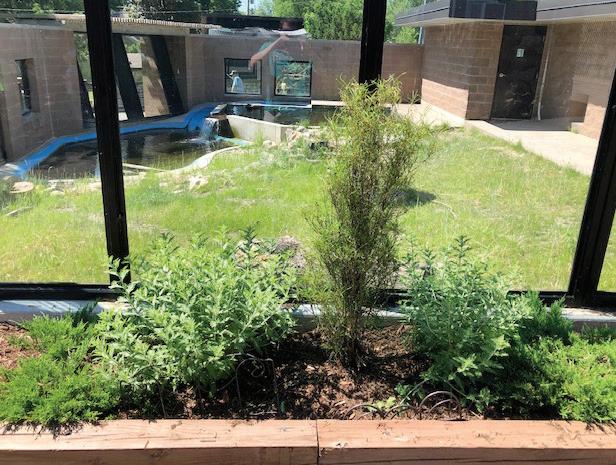
doing the research as far as what species can we have together safely.” The black bear is housed with the artic fox. The pig lives with the goats. And the largest installation has deer, sandhill cranes, and other species you’d find in Wisconsin. “The nice thing about having mixed-species exhibits is that’s how they are out in the wild.”
Another thing visitors notice is the use of windows on some of the newer exhibits. “The thing with glass, we were able to take away that double fence, and that gave the animals more space. And then the other thing the glass did is we can do some planting on the outside, so it makes it look larger as well.” The result further speaks to the zoo’s mission of education, moving away from being a place where people gawk at the animals.

Taking a nature-center approach to the entire zoo works in the interests of visitors and animals alike. At Ochsner, it means starting a conversation on local wildlife. Due to the ease of obtaining some species indigenous to the area, the zoo can use their facility to help animals in need. The artic fox was a rescue as were the wolves. Many other species at Ochsner could not survive in the wild due to debilitating injuries. This overall experience is more a trip through North American habitats versus traveling the world, as is the case of larger zoos.
“Being a free zoo, we don’t have a lot of money to work with, but basically this is the image of the city—the image of our department,” says Mike. “We have about 35,000 to 38,000 annual visitors. Being a municipal-run zoo, we’re looking at a lot of things. ... One of the things we’ve noticed when we watch people come in is the entrances that we’ve had in the past haven’t been real well signed.” Many changes are still being made to make navigation more intuitive. Paying attention to how people flow and interact with signage has given staff what they need to use paths to direct morenatural movement from exhibit to exhibit rather than having big areas of random exploration, which enables the zoo to provide more room to its residents.
The entire zoo feels like an extension of Wisconsin’s education-minded approach to the natural world. “With
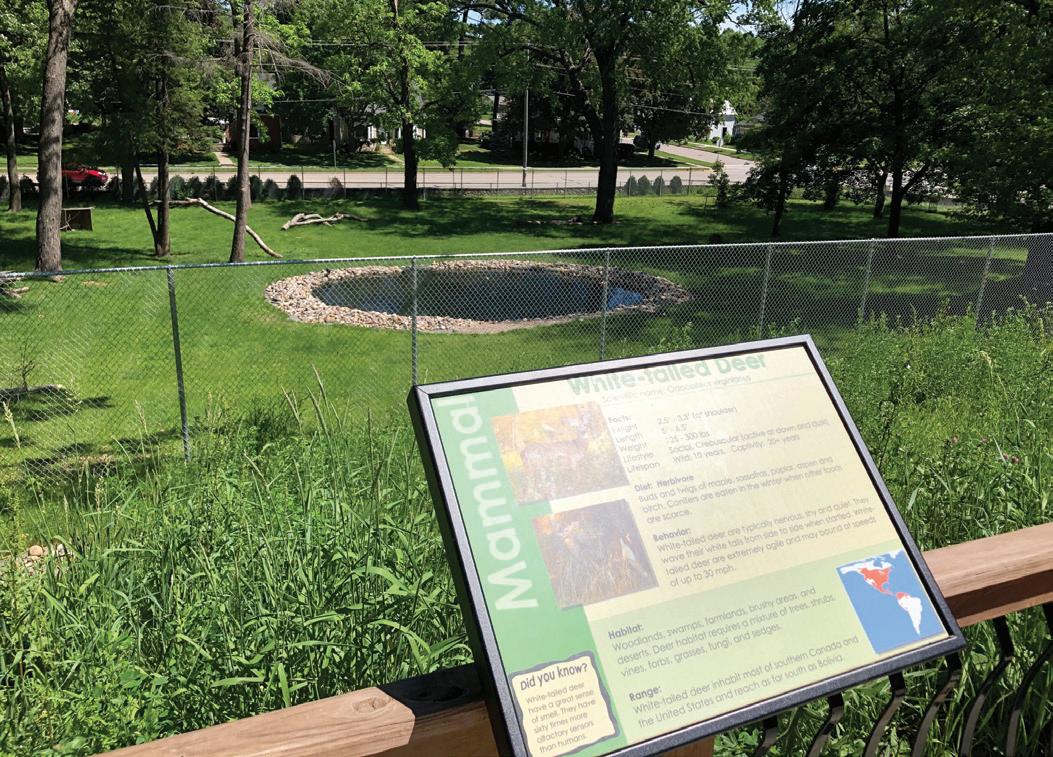
Aldo Leopold, and the Crane Foundation, and Devil’s Lake, and Mirror Lake, and all the state parks, people are just very conservation minded around here.” The design itself provides a sense of place within a sense of place, accurately recreating animal habitats within Baraboo and Sauk County that mostly exist within the Midwest, and children and adults leave with a greater appreciation for our state’s ecosystems.
Kyle Jacobson is a copy editor and writer for Home Elements & Concepts.
Photographs provided by Ochsner Park Zoo.
View additional photographs at homeelementsandconcepts.com
Ochsner Park Zoo
903 Park Street Baraboo, WI 53913 608.355.2760 cityofbaraboo.com/parksandrecreation
